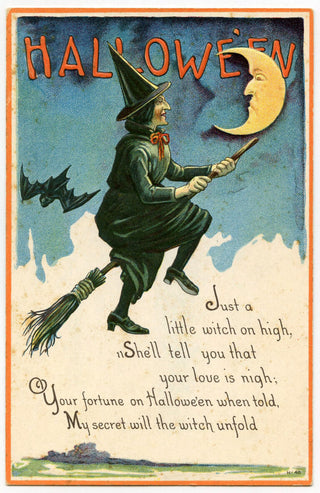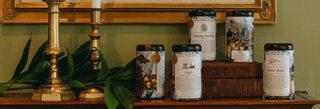Dear Oliver,
To follow on a little from my previous blog, I wanted to explore Halloween origins a bit more. It seems, “Halloween itself, a Celtic holiday which began nearly 2,000 years ago, was brought over to America in the 19th century by Irish and Scottish immigrants,” according to capemaynewsfeed.
And here, in America, Halloween traditions flourished. Henry Ansgar Kelly, speaking with today, agrees, “Halloween took root in the U.S. sometime around the 19th century.” There is plenty of information about the holiday, so here is just a quick overview of the widely celebrated rituals and fun. History authors write that loosely the traditions
“originated with the ancient Celtic festival of Samhain, when people would light bonfires and wear costumes to ward off ghosts.

Samhain (a Gaelic word pronounced ‘sow-win’) is a pagan religious festival originating from an ancient Celtic spiritual tradition. It is usually celebrated from October 31 to November 1 to welcome in the harvest and usher in ‘the dark half of the year.’ Celebrants believe that the barriers between the physical world and the spirit world break down during Samhain, allowing more interaction between humans and denizens of the Otherworld.”
“Over time, Halloween evolved into a day of activities like trick-or-treating, carving jack-o-lanterns, festive gatherings, donning costumes and eating treats.” Kinghalloween links modern trick-or-treating to several much older traditions such as souling, mummering, and guising – and there may be others as well. In medieval Europe going-a-souling was encouraged by the church and poor residents would be given soul cakes,

which were bread or current cakes, in exchange for prayers for the dead. Mummering apparently added some fun and people dressed up in costumes going “door to door offering whatever they could for coins, food, or drink. Mummers will do everything from singing, dancing and playing music to telling stories, jokes and reciting poetry.” This tradition also takes place on other major holidays.
Finally, guising is the one most similar to our traditions today and was primarily practiced by children doing tricks in affluent neighborhoods for coins, fruit, and treats. As noted in my previous conversation, the Victorians probably spurred the current fascination and added or enhanced many traditions such as spooky storytelling, throwing elaborate parities, fine-tuning pumpkin and gourd carving - plus adding cake and tea rituals.
Currently, celebrants can kick off the season in many places with ghost tours. These are offered year-round in Charleston, S.C. – home of Oliver Pluff & Co. For these tours, the darker nights of fall during the Halloween season are my favorite. Sara Lemire, writing for Today, states that the colors black and orange are newer additions and “orange represents pumpkins and black pays homage to the night and other objects commonly associated with Halloween, including black cats and bats.”

In past years, Brown and yellow were the colors of the season. The name Halloween seems to have evolved from variations of All Hallows. From Today online, “According to Kelly, the name is a combination of the Scottish words ‘hallow,’ which loosely translates into ‘saint’ or ‘holy person,’ and ‘een,’ which means ‘evening.’ In essence, Halloween means ‘holy evening,’ which makes sense given its Christian ties.” Finally, one thing that is largely agreed upon is that the night of October 31, with all the various traditions related to death and the afterlife, evolved in response to November 1 - All Saints Day.
(Photos: Google & The Graphics Fairy)


